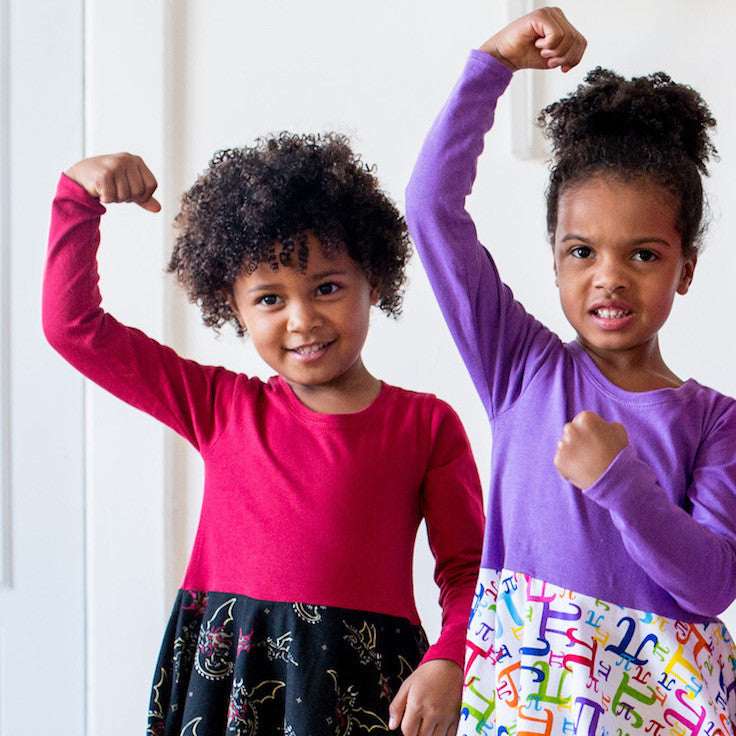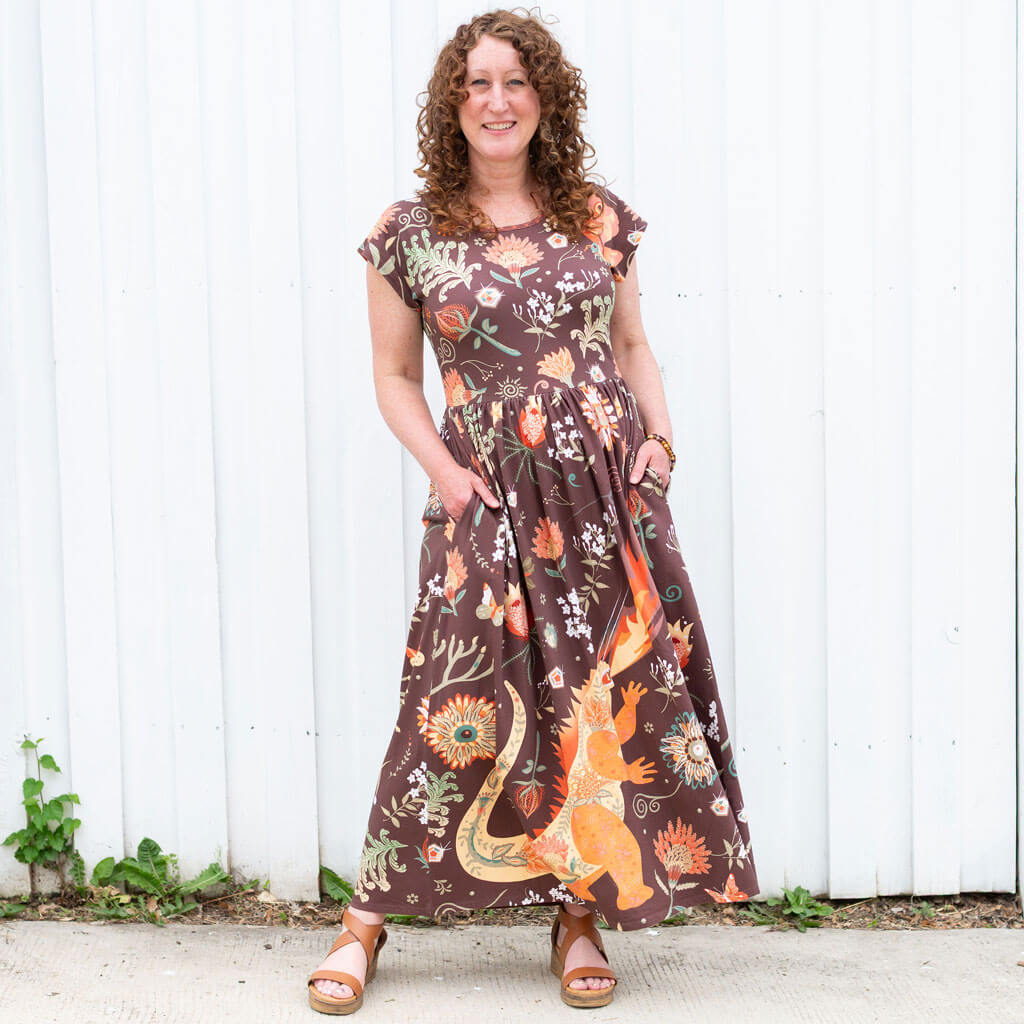Shop Now
New
Sale

Empower Her to Take Action
March 03, 2017 3 min read

I admit it. I complain a lot. Sometimes it makes me feel better - I’m venting about something that’s annoying me but I’ll probably just let it go after I talk about it for a bit. Other times complaining makes me feel worse - it’s something that really matters and I feel like I can’t fix it, so I get even more worked up and angry.
Recently a problem came up that lead me down my well-worn path of complaining, feeling powerless, and getting angry. But then suddenly I realized that even if I couldn’t magically fix this huge problem, I could take some action, even if that action is just deciding to do nothing. Faced with a problem, we are actually given three options:
- Complain.
- Do something about the problem.
- Let it go.
Children often feel powerless (and sometimes they complain because of it). As parents we can show them that they always have the power to take some action, even if that action is acceptance. What can we do to help them regain a sense of control? We can help them learn to reframe their perspective as choice-based. We can show them that they can choose how to react to the problems they face by taking action or by letting it go.
How does that look in practice? Usually it means asking them outright, “Do you want to do something about this, or do you want to let it go?” Most kids don’t let go easily, so they choose to take action of some kind. At that point, we can help guide them to a range of appropriate actions (demanding an apology; writing a letter of complaint; just venting for a few minutes until they feel better; voicing what is bothering them or standing up for themselves face-to-face). Sometimes, faced with a serious injustice, we will need to intervene, but even then we can still help them learn to stand their ground and state their concerns on their own terms.

Other times, we will have to help kids learn to let go. Oddly, letting go can be just as empowering as taking action - it releases us from the mental and emotional tyranny of the issue. One of my favorite books, One of Those Days by Amy Krause Rosenthal, has taught my family this lesson so well that all I have to say is, “Well, I guess this is Fun Thing Cancelled Day,” and everyone just sighs and moves on. (Thanks, Amy!!)
Choosing how to react to a problem is incredibly empowering. More importantly, it is a skill that drives other kinds of growth. As it restores control to the individual, it generates resilience. It encourages maturity as the child learns to distinguish between problems that are worth solving and those not worth their time. It reinforces the habit of courage. And it strengthens individuality because it gives kids the freedom to explore issues that matter uniquely to them.
Sometimes a person just needs to vent a little to feel better. Other times, we need to go further - by taking action, or be consciously deciding not to do anything. Whatever we choose to do, we are always modeling for our kids different ways to solve our problems, and handle life in general. And we all keep growing together.
Leave a comment
Comments will be approved before showing up.
Subscribe
Sign up to get the latest on sales, new releases and more …







